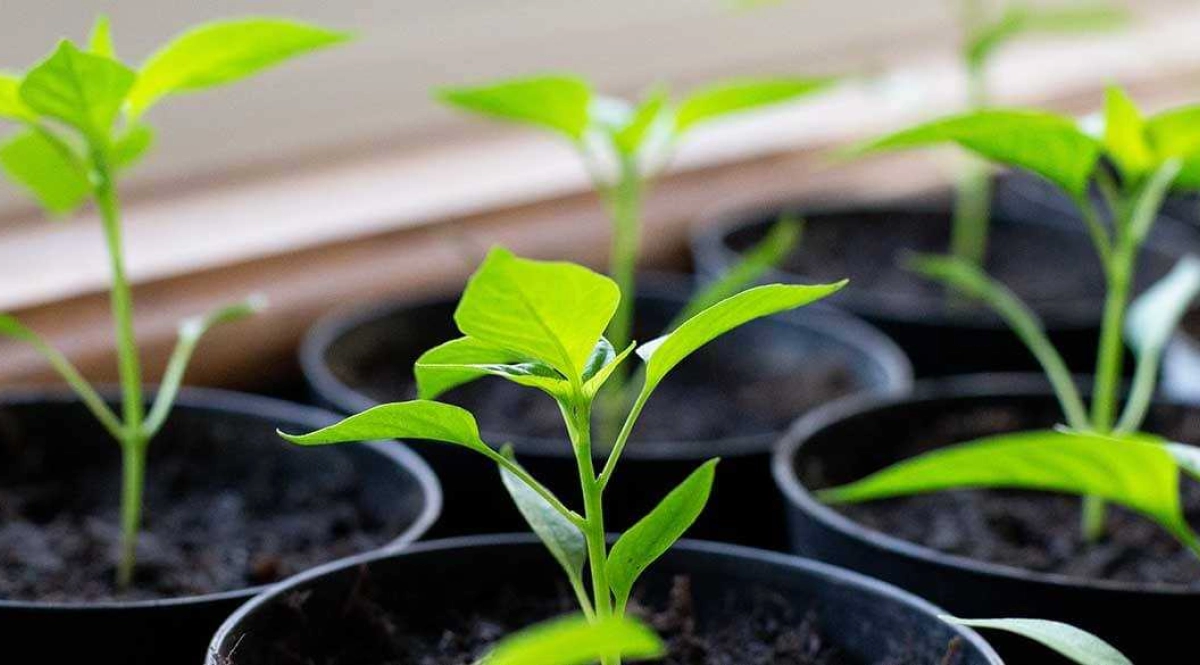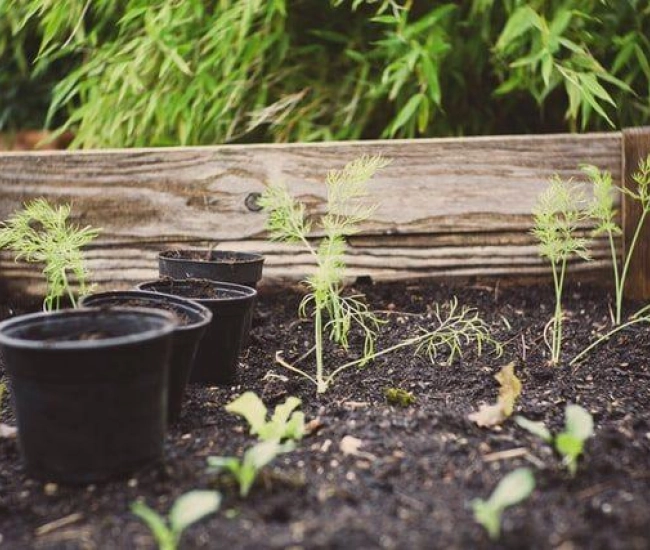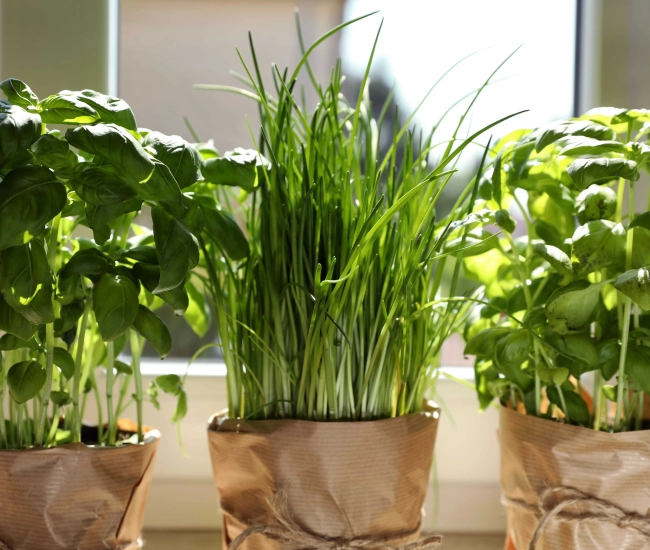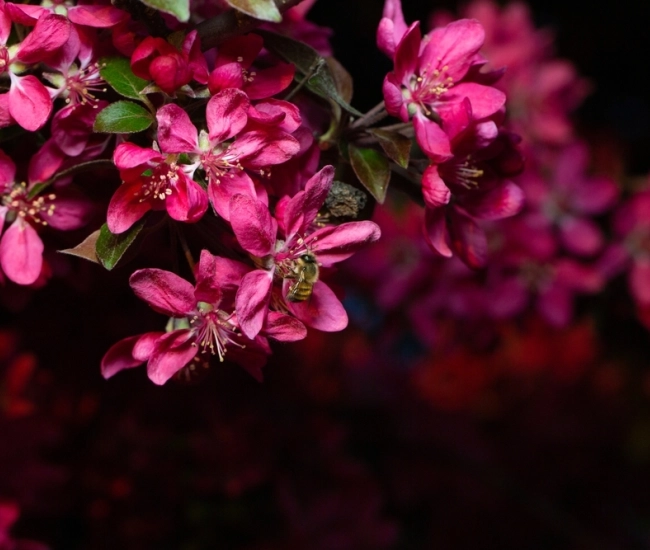
Text by Hélène Baril – Horticulturist, speaker & author
__
Finally, the long-awaited moment has arrived... Gardeners, on your marks! Get set! Sow... March is the ideal month to start sowing herbs. Many of them benefit from this method of propagation to fill your vegetable garden and gourmet containers when summer comes. Here are some tips and tricks that will help you succeed in your indoor gardening project.
Choosing seeds
Many seed companies offer a wide variety of herb seeds, which can sometimes make the choice difficult. Which ones to choose? Are they viable and easy to germinate seeds? Should I choose organic seeds? Know that the seeds offered at your favorite garden center are generally of very good quality and have a good germination rate. Regarding the choice of organic seeds, since they are edible plants, this option remains the most recommended although traditional non-organic seeds are also a very good choice. In recent years, some seed companies have been offering coated seeds to facilitate germination and handling. This is a natural clay-based coating that is safe for your health and the environment.
Which containers to choose?
Recycled styrofoam trays, mini-greenhouses, plastic or peat multi-cells, small coconut fiber pots, and compressed peat pellets (Jiffy), all these pots sold in garden centers can be used to sow your herbs. You can also repurpose many food containers such as small yogurt pots, croissant trays, or even plastic or cardboard egg cartons, in short, let your imagination run wild. In all cases, each container must have one or more drainage holes and be free of any dirt.
Herb sowing calendar

How to succeed in sowing?
- The use of a Seed and Cutting soil mix is essential to ensure good water retention and aeration. Before filling the pots, make sure to moisten it well (be careful not to soak it).
- Fill your containers completely without compacting the soil.
- Distribute the seeds without handling them too much. 3 to 5 seeds per pot are sufficient.
- Cover with soil according to the seed company's recommendations. In general, the finer the seed, the less it should be covered.
- Gently tamp the soil with your fingers to remove air between the seed and the moist soil.
- Label your sowing with a wooden stick by writing the date, variety, and number of days needed for germination. This step will allow you to track the progress of your sowing.
- Water gently by spraying the soil with lukewarm (or warm) water.
- Cover your containers with a transparent lid or a transparent airtight bag.
- Provide warmth to your sowing.
- As soon as the cotyledons and the first true leaves appear (see the image), remove the cover and expose your seedlings to light.
- A few days later, transplant each seedling into individual containers.
- Transplant to the garden or terrace at the end of May.

Pro tips
- Some herbs do not tolerate transplantation, which is why they need to be sown directly in the garden.
- Small plant will grow big... Sow in moderation to avoid waste.
- Dare to try new things by sowing some lesser-known herbs.
- Buy your seed packets in groups to share and vary your selection.
Happy gardening!
Tips and advice



